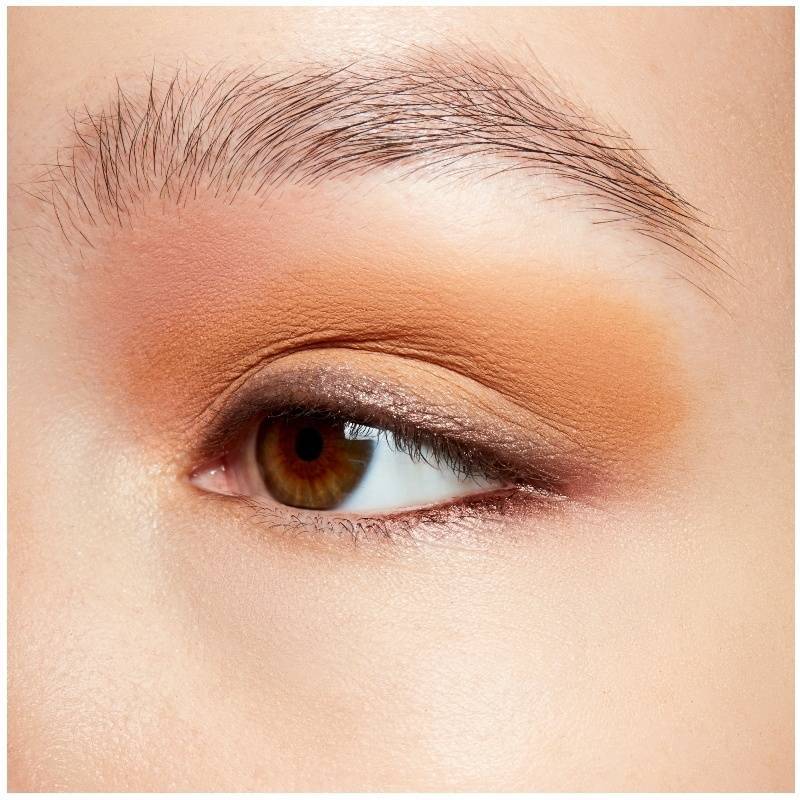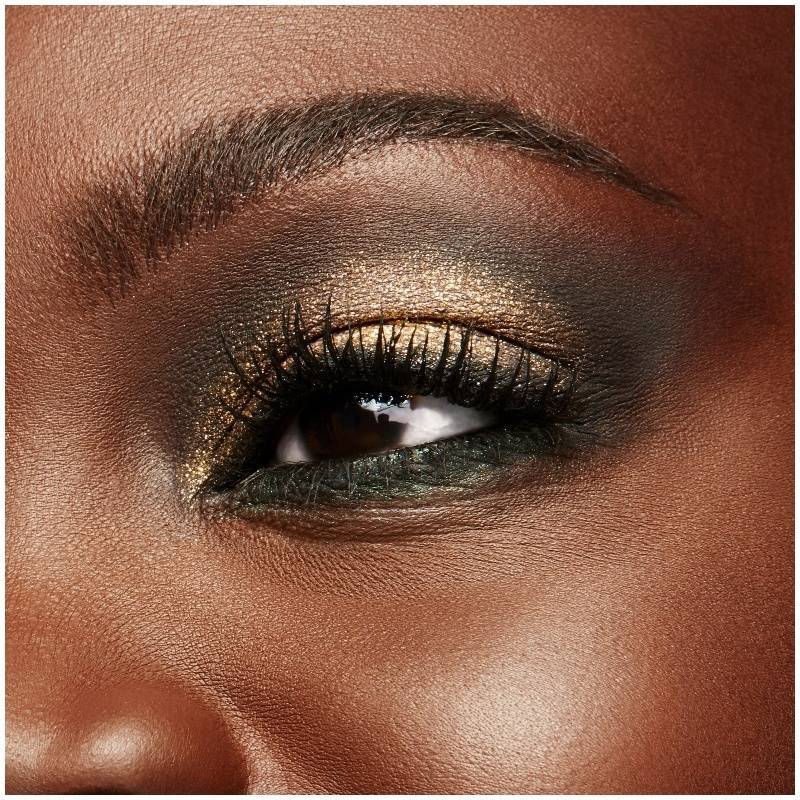

It is one of the most important aspects of visual art. Light is the fundamental building block of observational art, as well as the key to controlling composition and storytelling. The greater emphasis given to the expression of light in painting is called " luminism", a term generally applied to various styles such as Baroque tenebrism and impressionism, as well as to various movements of the late 19th century and early 20th century such as American, Belgian, and Valencian luminism. On the other hand, light has been a particularly determining factor in various periods and styles, such as Renaissance, Baroque, Impressionism, or Fauvism.

The technical representation of light has evolved throughout the history of painting, and various techniques have been created over time to capture it, such as shading, chiaroscuro, sfumato, or tenebrism. At the same time, light is intrinsically found in painting, since it is indispensable for the composition of the image: the play of light and shadow is the basis of drawing and, in its interaction with color, is the primordial aspect of painting, with a direct influence on factors such as modeling and relief. The incidence of light on the human eye produces visual impressions, so its presence is indispensable for the capture of art. Also, light can have a symbolic component, especially in religion, where this element has often been associated with divinity. Light in painting fulfills several objectives, both plastic and aesthetic: on the one hand, it is a fundamental factor in the technical representation of the work, since its presence determines the vision of the projected image, as it affects certain values such as color, texture and volume on the other hand, light has a great aesthetic value, since its combination with shadow and with certain lighting and color effects can determine the composition of the work and the image that the artist wants to project. Who knows? Maybe gray paint colors will overtake blue and white! The jury is still out, but we have a feeling, 2023 will be gray's year, and we’re here for it.Port with the disembarkation of Cleopatra in Tarsus (1642), by Claude Lorrain, Musée du Louvre, Paris Let these 40 shades from the likes of Benjamin Moore, Farrow & Ball, and more get you started. Once you’ve made your choice, it’s time to get to work. Our suggestion? Think about what kind of look you’re seeking-pale and gentle or bold and dramatic-and order a few samples. You may even be inspired to push your furniture to the middle of the room, drape it in a tarp, and pick up a paintbrush like a pro. Whether you’re aiming for bright and crisp or warm and cozy, there’s a gray that will accomplish the task.Īhead, discover how these design experts use gray in their spaces. Gray is definitely on trend at the moment because it’s more versatile than we give it credit for. Some use go-to grays that create an ethereal look, while others prefer a darker shade for a moodier feel.

In fact, we asked 40 interior designers their thoughts on the color gray, and we were pretty blown away by their responses. Some may even go so far as to say that gray could be the new beige. However, there’s something to be said about a few misty tones that can set the mood-no matter the room. When you think of a gentle hue that will give your space a coveted bright and airy feel, gray paint colors don’t usually come to mind.


 0 kommentar(er)
0 kommentar(er)
